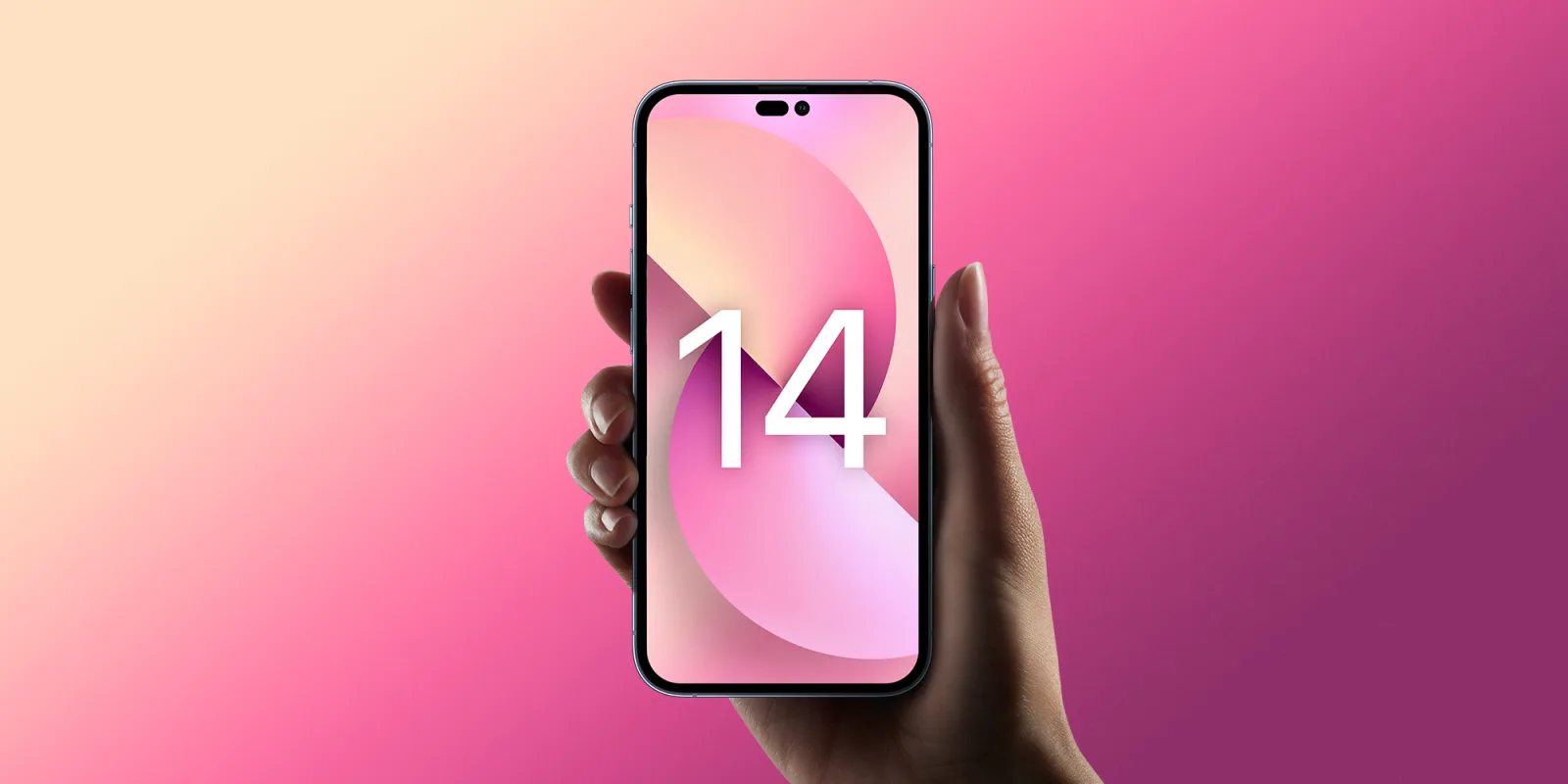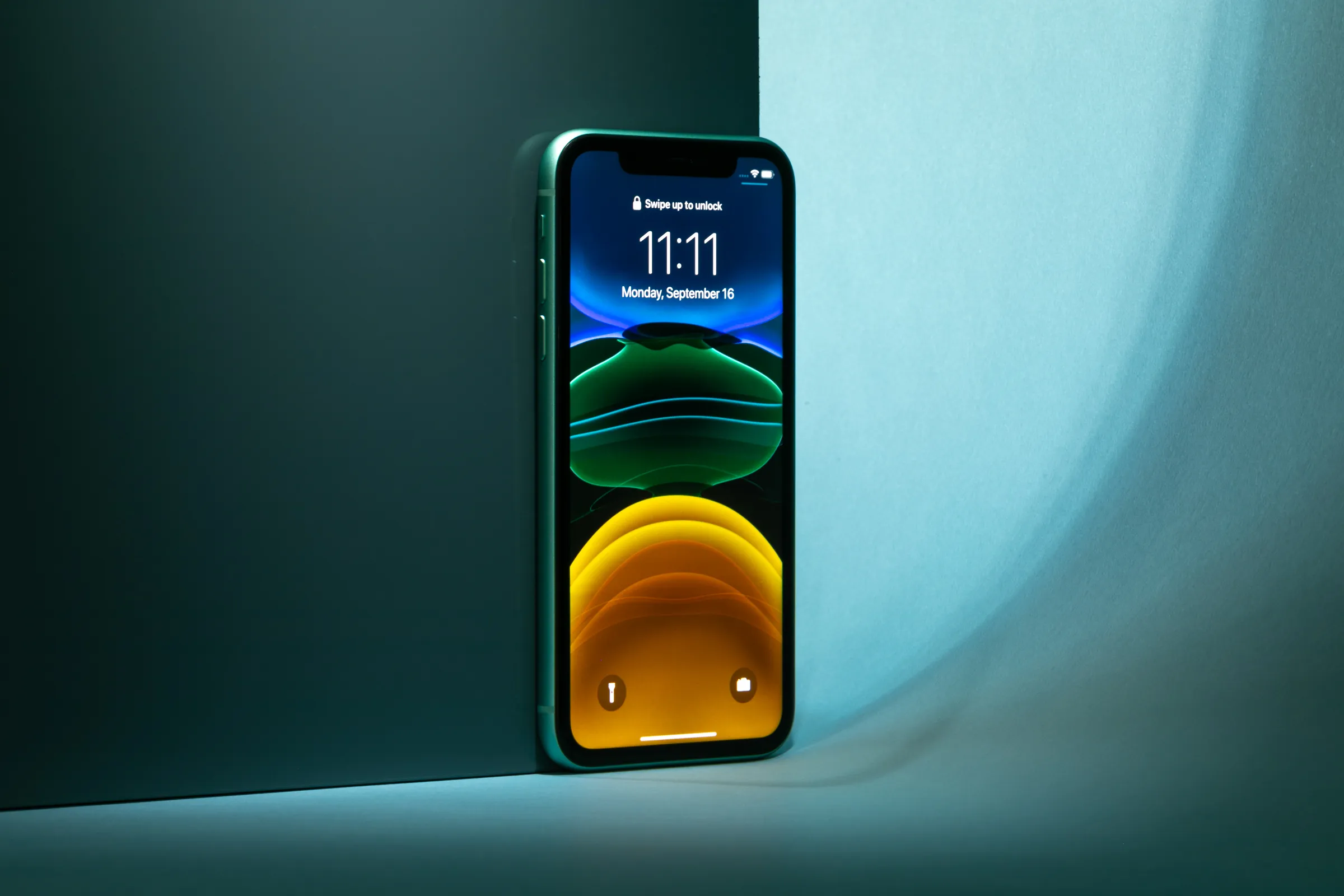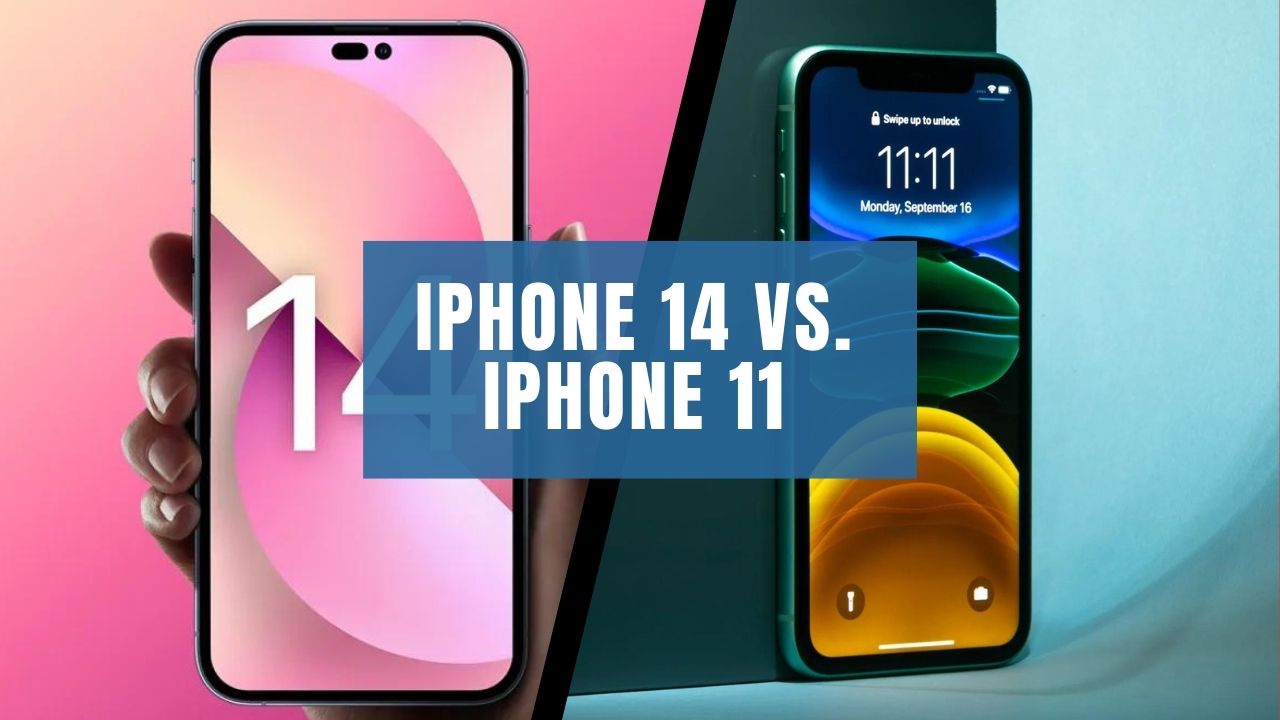iPhone 14 vs iPhone 11: Biggest Upgrades Need to Know: If your iPhone 11 is looking a little worn, you might consider upgrading to the iPhone 14 when it debuts this fall. Three years between devices is a long time, so what can we anticipate from the upcoming iPhone 14, and how does it compare to the iPhone 11?
The iPhone 11 series was a significant step forward in its own right, introducing us to pro-grade iPhones with the iPhone 11 Pro and iPhone 11 Pro Max, as well as features like Night mode photography and the Apple U1 ultra wideband CPU. The iPhone 14 and iPhone 14 Pro, on the other hand, are believed to include a fresh flat-sided design, updated cameras, more powerful, 5G-ready CPUs, larger batteries, and improved displays. All of these changes could result in the iPhone 11 series look quite dated.
iPhone 14 vs iPhone 11: Price
So, if you’re considering upgrading your phone this fall, check out our comparison below. If you need a new iPhone right away, check out our iPhone 13 vs. iPhone 11 comparison to see the differences between the two models.
Based on the existing iPhone 13 models, the iPhone 14 should cost roughly $799/£779, while the iPhone 14 Pro will cost $999/£949. The iPhone 14 Pro Max would then cost $1,099/£1,049.
The new iPhone 14 Max model is expected to fall somewhere in the centre, possibly around the $899/£879 level. However, speculations of a price increase suggest that those figures may end up being higher, particularly for the iPhone 14 Pro versions, which may see a $100 price increase.
The iPhone 11 is still available from Apple for a low price of $499/£489, however the iPhone 11 Pro and iPhone 11 Pro Max are no longer available.
While you’ll probably still find some iPhone 11 models, including the two Pro versions, hanging around in stores for less than the iPhone 14 range, they’re likely to be in short supply. You can always use the refurbished market for iPhone 11s with restored bodies and new batteries if you wish too.
iPhone 14 vs. iPhone 11: Design

The iPhone 11 series was the last of the Face ID iPhones to have curved edges, while the iPhone 14 is projected to keep the flat-sided design introduced with the iPhone 13 family. So, while the iPhone 11 and iPhone 14 may appear similar from the outside, they will feel very different in your hand.
The twin or triple camera block on the back will only be slightly altered. The iPhone 14 and 14 Max will almost certainly include two diagonally aligned cameras, as opposed to the iPhone 11’s vertically stacked sensors. The iPhone 14 Pro and Pro Max should use the same triangle camera design as the iPhone 11 Pro and 11 Pro Max.
The base iPhone 14 is expected to be 6.1 inches in size, similar to the ordinary iPhone 11. However, the iPhone 14 Pro models are expected to be slightly larger than its predecessors, measuring 6.1 inches for the Pro and 6.7 inches for the Pro Max, as opposed to 5.8 inches and 6.5 inches for the iPhone 11 Pro.
There is no exact comparison for the expected iPhone 14 Max, but at 6.7 inches, it will feel larger than even the iPhone 11 Pro Max.
Although the iPhone 11 had toughened glass on the back and front, it lacked the Ceramic Shield glass that Apple launched with the iPhone 12 and continued to utilise with the iPhone 13.
We don’t know what colours the iPhone 14 will come in yet, but we can expect basic black, white, and Product Red for the base devices, and silver, graphite grey, and gold for the Pro models, as there were for the iPhone 11 and iPhone 11 Pro. The iPhone 11 is also available in yellow, purple, and green, with the iPhone 11 Pro and 11 Pro Max having a darker matte green option.
The sole speculated new colour for the iPhone 14 is purple, with Pro and non-Pro models. A new sky blue option for normal iPhone models, replacing the darker blue now available with the iPhone 13, is also possible.
Read Also-
iPhone 13 Pro vs iPhone 14 Pro : Everything You Need to Know
Apple iPhone 13 Review: Everything you need so far
iPhone 14 vs. iPhone 11: Display
While the display on the iPhone 11 should be the same size as the one on the iPhone 14, the underlying technology will most likely be different. All iPhone 13 models employ OLED panels rather than LCD panels like the iPhone 11, which results in improved colour and greater power efficiency. We anticipate that the iPhone 14 series will also feature OLED.
Aside from the size changes, the new reported notch design is the most significant distinction between the iPhone 11 Pro and iPhone 14 Pro. Instead of a rounded rectangle, the iPhone 14 Pro models may use a combination of punch-hole and pill-shaped holes to reveal more of the display.
There’s also ProMotion, which first appeared on the iPhone 13 Pro and appears to be a guarantee for the iPhone 14 Pro. This allows the display to increase its refresh rate to 120Hz, making swiping around the iPhone’s interface much smoother. According to some sources, the iPhone 14 Pro’s ProMotion could enable an always-on display for quick at-a-glance information, building on the existing version.
iPhone 14 vs. iPhone 11: Cameras

Starting with the base models, the iPhone 14 and iPhone 14 Max should include two 12MP cameras on the rear, acting as main and ultrawide cameras, similar to the iPhone 11, but with improved sensors and optics. Apple upgraded the front-facing camera of the iPhone 11 to a 12MP model for the iPhone 12, and this should be carried over to the iPhone 14.
On the rear of the iPhone 11 Pro and iPhone 11 Pro Max were three 12MP cameras with main, ultrawide, and 2x telephoto lenses. The iPhone 14 Pro and iPhone 14 Pro Max should be distinguished in two ways. First, the main camera is believed to be upgraded to a higher-resolution 48MP sensor, which will allow for more detail and light in photographs. Second, we anticipate that the iPhone 14 Pro will retain the 3x telephoto camera from the iPhone 13 Pro, outperforming the iPhone 11’s maximum optical magnification by 50%.
iPhone 14 vs. iPhone 11: Performance and 5G
As strong as the A13 chip in the iPhone 11 series was at the time, Apple’s A15 chips used in the iPhone 13 are already significantly faster. This is fantastic news because, according to some reports, the basic iPhone 14 and iPhone 14 Max may also employ these chips instead of receiving updated silicon.
However, the iPhone 14 Pro models will apparently use a new Apple A16 chipset, which would likely widen the performance gap even further. This will be exacerbated by the increased RAM rumoured for all iPhone 14 variants (8GB), which should enable significantly smoother multitasking than the 4GB in the iPhone 11.
All iPhone 11 models came with a meagre 64GB of storage as standard. In recent years, Apple has sold 128GB iPhones by default, with the option of increasing capacity to 1TB on Pro models. This should be seen again on the iPhone 14 series, which is fantastic news if you’re running out of photo storage space.
Apple just introduced 5G to their phones with the iPhone 12, therefore all three iPhone 11s are only 4G compatible. While this isn’t a deal breaker for now, as coverage expands, you’ll see a decrease in download/upload speed on cell networks compared to other phones.
iPhone 14 vs. iPhone 11: Battery and charging
Apple increased the battery size of all iPhone 13 models significantly over the iPhone 12 and iPhone 11, and speculations suggest that those capacities won’t change much for the iPhone 14 lineup. That means they’ll still be larger than the iPhone 11’s batteries and, as a result, last longer on a single charge.
We haven’t heard anything regarding new charging standards for the iPhone 14, so we expect have 20W wired charging and 15W MagSafe wireless charging support on all versions. The iPhone 11 series can charge up to 18W cable and up to 7.5W wirelessly, but it does not support Apple’s magnetic charging pucks. This will make the iPhone 14 quicker and easier to power on when needed.
iPhone 14 vs. iPhone 11: Software
The iPhone 11 series shipped with iOS 13, but will be possible to upgrade to iOS 16 when it becomes available in the fall. When the iPhone 14 is released, iOS 16 will be the default operating system.
When Apple decides to discontinue support for the iPhone 11, the iPhone 14 will continue to receive OS updates because it is a newer phone. That’s probably still a few years away, but it could affect your purchasing decision.







